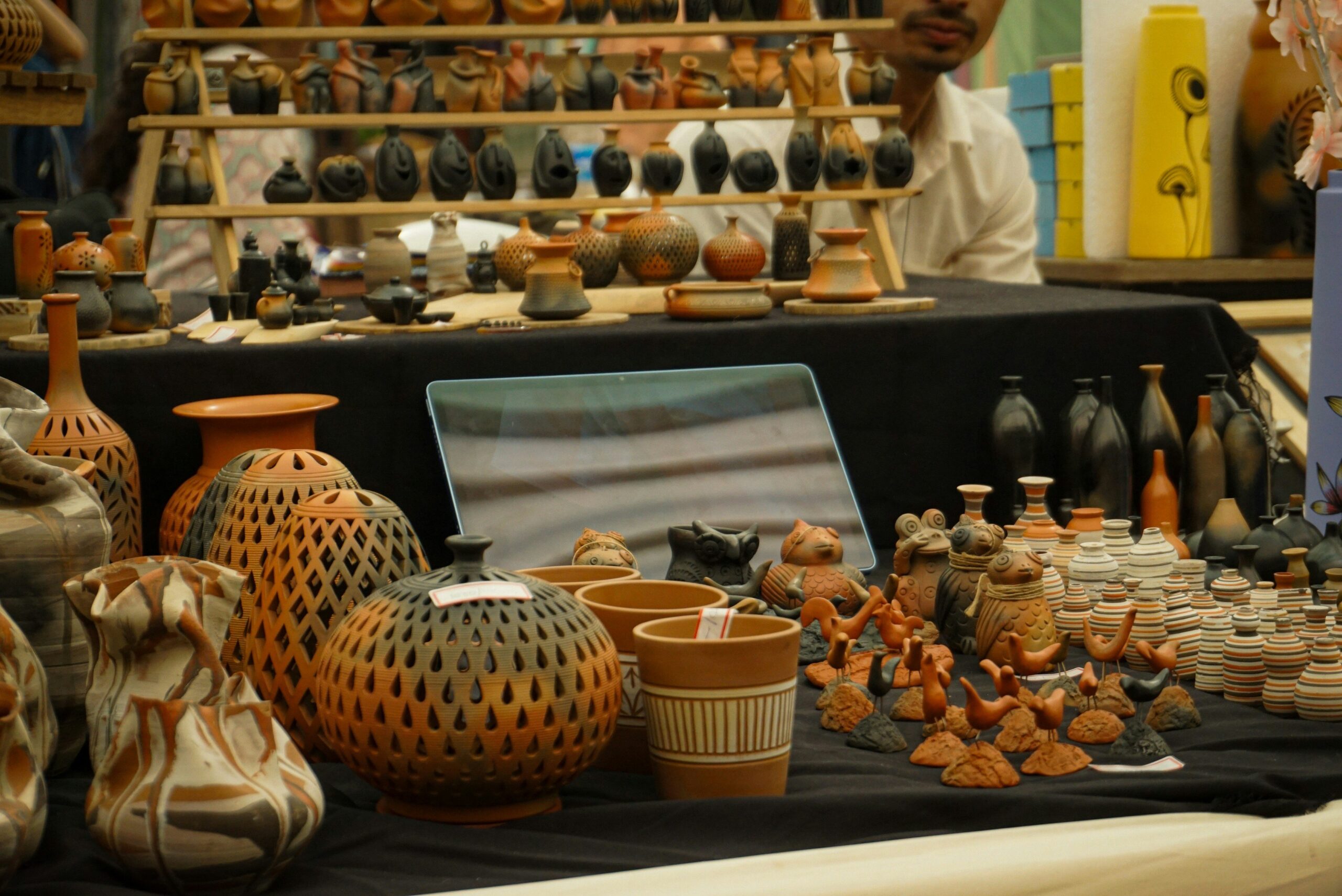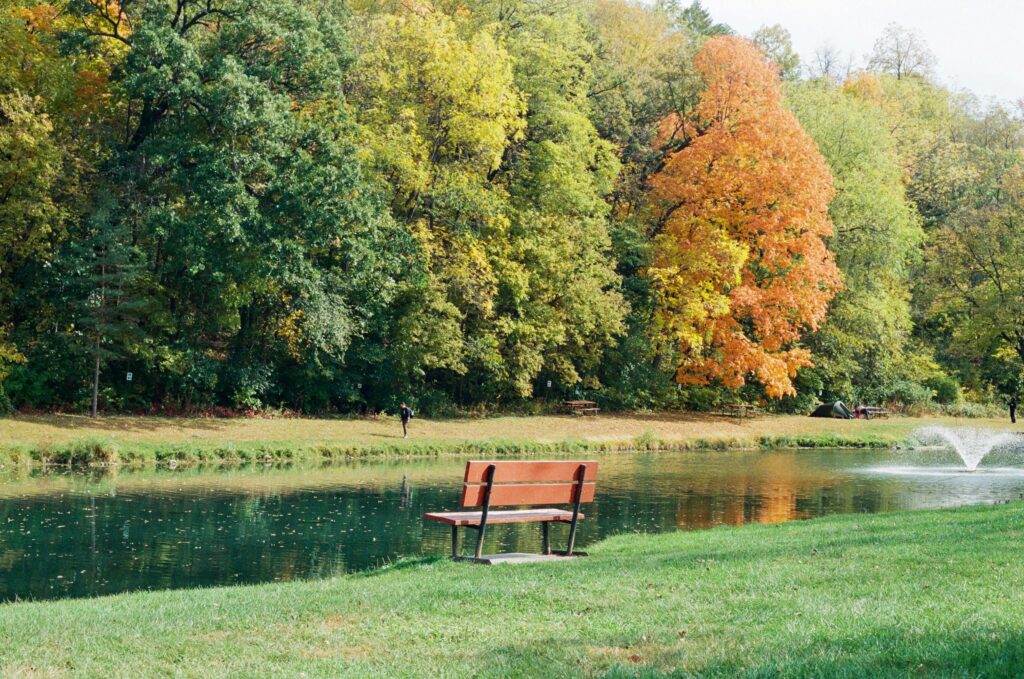Ever tried learning a new skill from a dusty YouTube tutorial only to feel like you’re hacking away at朽木? Yeah, we’ve all been there. What if I told you that the secret to mastering artisan crafts doesn’t lie in sterile studios or online courses but in immersing yourself in history-rich vacation rentals? Sounds nuts, right? Stick with me.
In this post, we’ll dive into how historic vacation rentals can unlock an unforgettable—and Instagram-worthy—journey into Artisan Craft Learning. We’ll cover:
- The unique advantages of staying in these time-capsule homes
- A step-by-step guide for turning your holiday into a hands-on workshop
- Tips on avoiding tourist traps while maximizing your creative spark
Table of Contents
- Key Takeaways
- The Problem With Modern Learning Spaces
- How to Turn Your Stay Into a Workshop
- Top Tips for Maximizing Your Experience
- Real-World Inspiration
- FAQs About Historic Vacation Rentals
- Conclusion
Key Takeaways
- Historic vacation rentals offer immersive environments perfect for Artisan Craft Learning.
- Crafting skills are amplified by authentic settings and local traditions.
- You can blend tourism, relaxation, and hands-on artistry seamlessly.
The Problem With Modern Learning Spaces
I once signed up for a pottery class in a sleek studio downtown. It was all minimalism: white walls, industrial stools, zero distractions. And guess what? By week two, I hated it. The sterility felt suffocating, like being trapped inside a Pinterest board devoid of personality. “If this vase could talk,” I thought as my lump of clay collapsed again, **“it’d probably say something judgmental.”**
But here’s the kicker—art flourishes when inspired by its environment. A Tuscan villa steeped in Renaissance vibes? Or a medieval castle where tapestries tell tales older than your grandpa’s stories? These places don’t just teach; they inspire. They whisper secrets through worn wooden beams and creaky floors. That’s why modern cookie-cutter spaces often leave creators feeling flat.
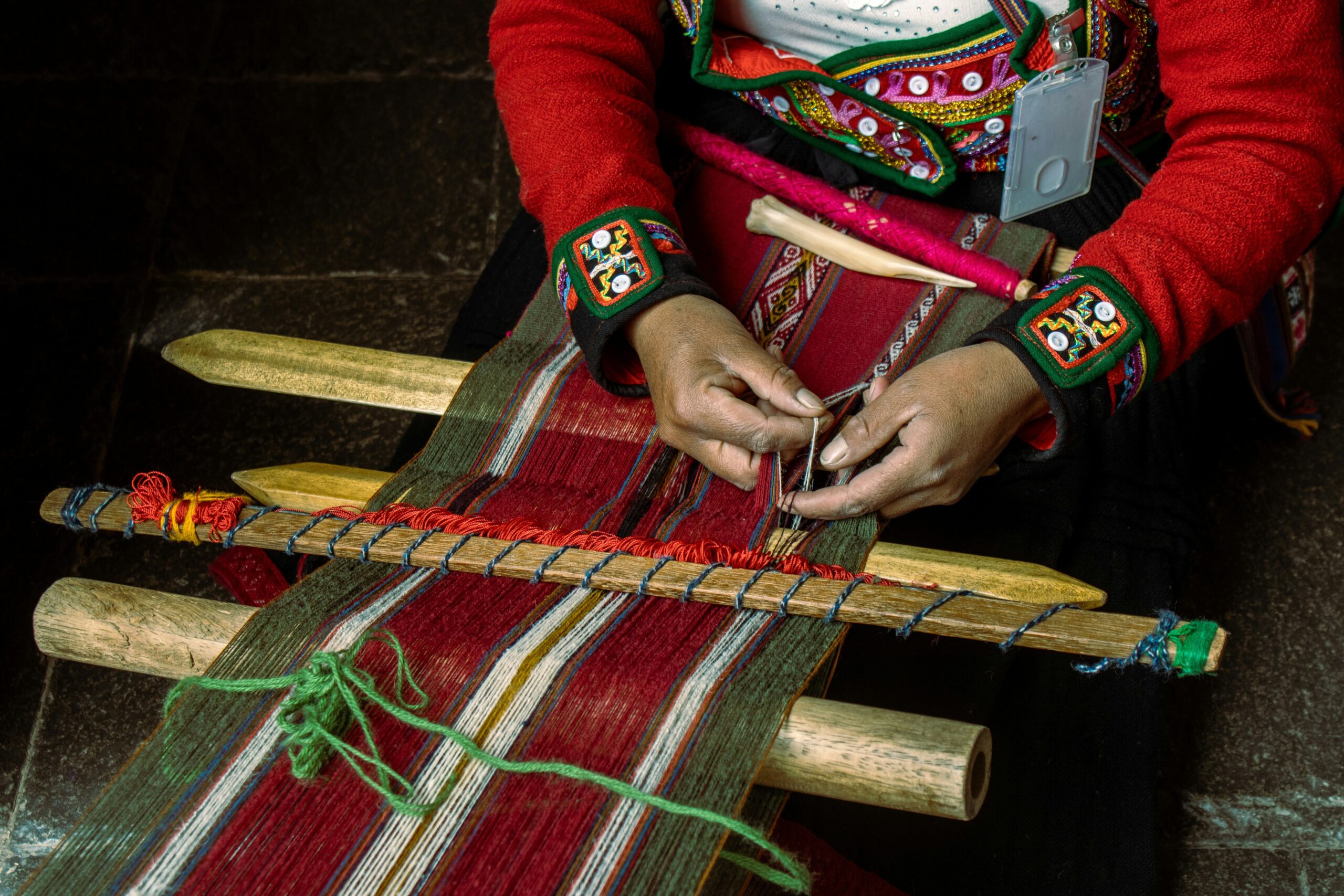
Why Do We Need This Immersion?
Optimist You: “Because creativity thrives under influence!”
Grumpy You: “Yeah, yeah, unless Wi-Fi dies mid-stream.”
Rant Alert: Let’s call out one glaring issue—generic workshops shove everyone into the same mold (pun intended). Not every artist needs monochrome walls and fluorescent lighting! Give them crumbling frescoes instead—or even better, hand-carved furniture passed down generations.
How to Turn Your Stay Into a Workshop
-
Research Properties Aligned With Your Interest
Not all historic homes come equipped with crafting potential. Look for ones touting features like “woodworking heritage” or “traditional loom included.” Pro tip: Search Airbnb Experiences alongside listings for add-ons like guided tours or live demonstrations.
-
Plan Ahead—Pack Tools If Needed
“Don’t assume the rental provides everything,” says one bitter traveler who forgot her knitting needles during a Swedish cabin retreat. Ouch. Some properties supply materials, but bringing your own ensures familiarity.
-
Schedule Local Workshops During Your Stay
Piggyback on regional offerings. For instance, if renting a French chateau, book nearby cheesemaking lessons or wine-tasting sessions. Combining activities makes memories stick longer.
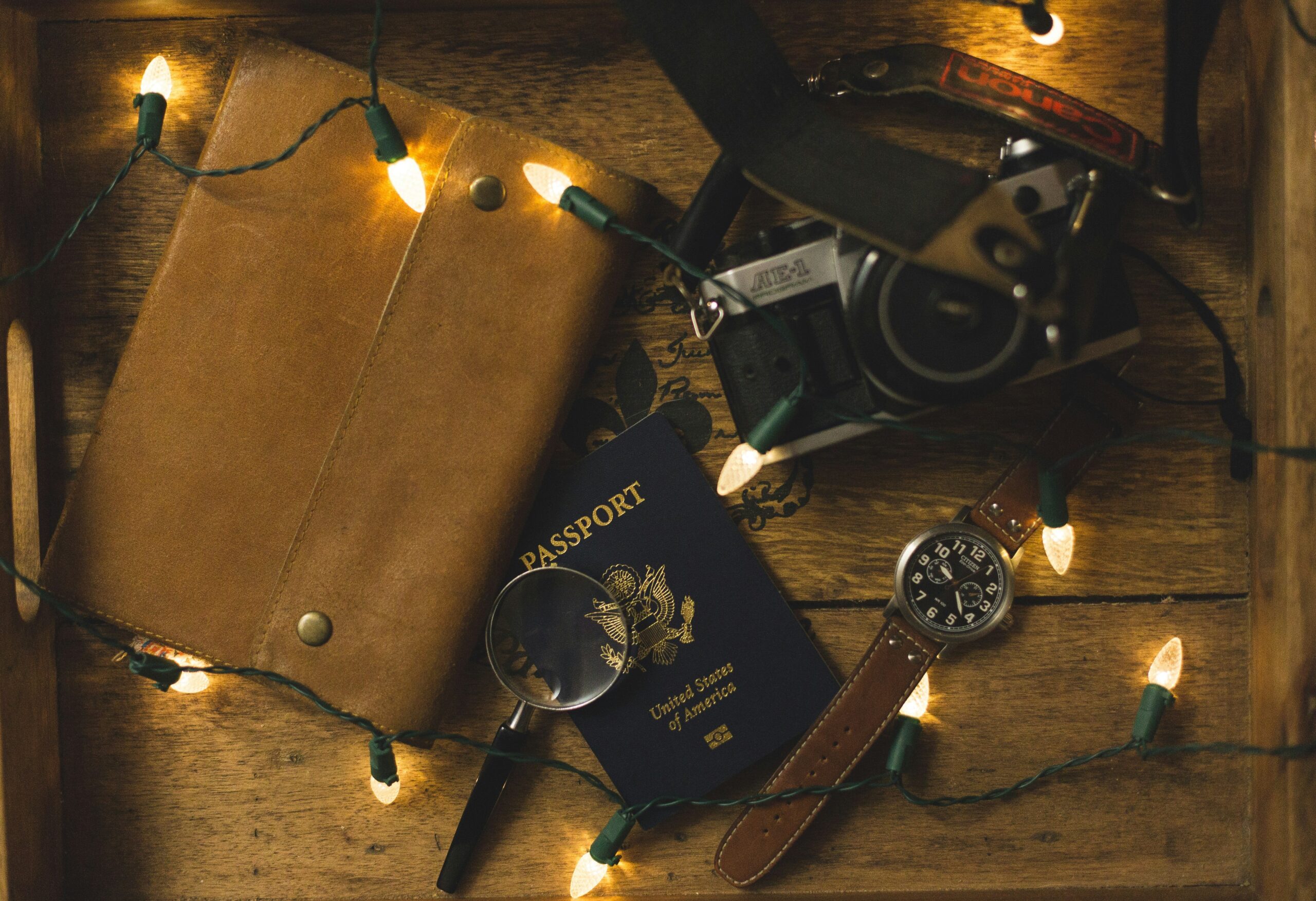
Top Tips for Maximizing Your Experience
- Channel Your Inner Historian: Read about the property beforehand. Knowing its past enriches your practice.
- Go Off-Radar: Skip trendy destinations overrun with influencers flaunting avocado toast recipes over ceramics pics.
- Befriend Locals: Strike up conversations to uncover hidden gems. Maybe the friendly farmer down the road teaches lace-making on weekends. Chef’s kiss!
- Document Everything: Snap photos, sketch notes, journal daily. Future-you will thank present-you for preserving those golden moments.
WARNING: ONE BAD TIP INSIDE
Terrible Idea Disclaimer: Do NOT bring glitter anywhere near antique rugs. Seriously, no matter how boho-chic your dream project seems, nobody enjoys prying sequins from 300-year-old Persian threads. Trust me—I ruined a friendship over this.
Real-World Inspiration
Case Study #1: A Weaver in Ireland
Meet Clara, who rented a thatched-roof cottage dating back to the 18th century. Surrounded by rolling green hills and sheep bleating outside her window, she mastered the basics of wool-weaving using locally sourced fleece. Clara now sells scarves online, crediting her success to the calming rhythm of nature meeting tradition.
Case Study #2: A Potter in Italy
Giovanni swapped city life for a month-long stay in a restored Umbrian farmhouse. He spent mornings exploring ancient kilns and afternoons shaping clay under vine-covered pergolas. His favorite discovery? A neighbor who shared tips handed down five generations. Giovanni returned home with enough inspiration to open his own pottery shop.
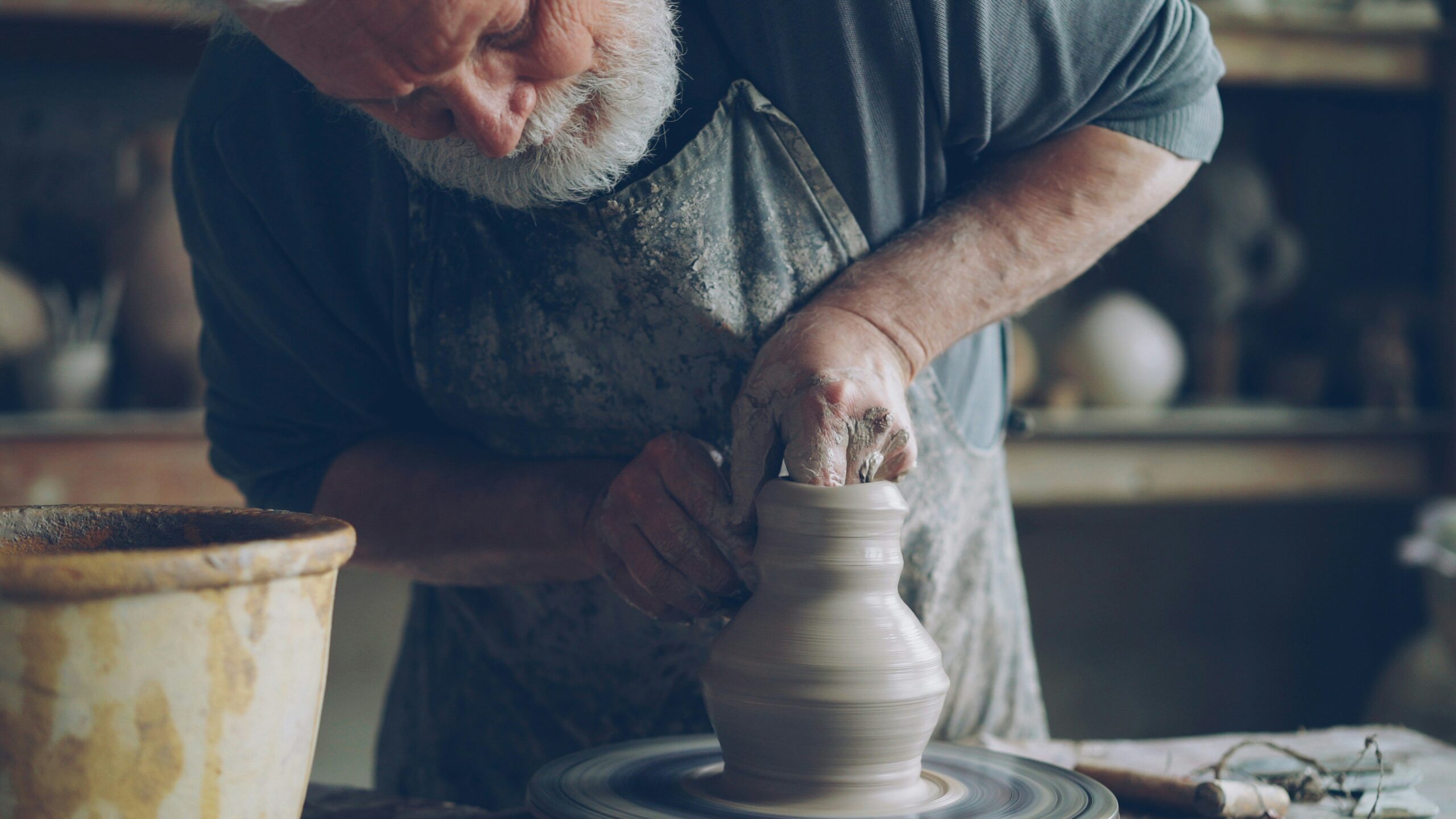
FAQs About Historic Vacation Rentals
Are Historic Homes Comfortable?
Absolutely! Many have been retrofitted with modern amenities without sacrificing charm. Think heated stone floors and Wi-Fi tucked behind vintage shutters.
What Skills Can I Learn?
It depends on location. Popular options include woodworking, weaving, pottery, glassblowing, and culinary arts tied to local cuisines.
Is This Suitable for Beginners?
Definitely. Many hosts cater to various skill levels, offering beginner-friendly introductions alongside expert guidance.
Conclusion
Learning artisan crafts doesn’t have to mean sacrificing style or soul. By choosing historic vacation rentals, you’re not merely booking accommodation—you’re stepping into living history primed to ignite your imagination. So pack your bags (and maybe a sketchbook) and prepare for an adventure that blends education, culture, and indulgence. After all, isn’t creating something timeless worth the effort?
And remember…
Whispers of the past, Crafts awaken sleepy hands, Home becomes a muse.
